Minimizing workplace injuries is vital for businesses across industry lines. Especially as it pertains to new employees, implementing safety orientations in the onboarding process could play a major role in preventing injuries. In fact, recent research found that 40% of occupational injuries occur among workers who have been in their roles for less than one year. With this in mind, businesses can’t afford to ignore the importance of safety orientations in onboarding. This article provides more information on why new workers are more vulnerable to on-the-job injuries, outlines the primary benefits of incorporating safety orientations in the onboarding process and offers best practices for conducting these orientations.
Why New Employees Are More Susceptible to Workplace Injuries
There are several reasons why new employees may be more likely to experience on-the-job injuries, including the following:
Negative past experiences—New employees may have past experience working for companies that lacked a strong safety culture or failed to provide ample resources, making them less knowledgeable on occupational hazards and mitigation strategies.
Incorrect assumptions and poor training—In addition to having negative experiences with previous employers, new workers’ current employers may incorrectly assume these employees already have ample safety training or operate under the false concept that those with “common sense” should be able to avoid occupational injuries without any training. Thus, employers might center all onboarding processes around task completion and job performance rather than safety. As a result, these employees may receive little or no safety education, making it increasingly difficult for them to combat potential hazards.
Decreased familiarity and comfortability—New employees are often less familiar with their work environment, job responsibilities and related hazards. For instance, these workers may not know when to utilize personal protective equipment during certain tasks, how to handle dangerous materials or substances, whom to report safety concerns to, or how to respond amid workplace incidents and emergencies. This lack of familiarity could, in turn, make new employees more vulnerable to occupational injuries. Making matters worse, new workers hoping to make a good first impression may be less comfortable with reaching out and asking questions regarding workplace safety, thus remaining uninformed on critical topics.
Key Benefits of Safety Orientations in Onboarding
Businesses that incorporate safety orientations in their onboarding processes could encounter a wide range of benefits, such as the following:
Bolstered safety awareness—First and foremost, including safety orientations in onboarding processes can help businesses increase new employees’ awareness of their surroundings and associated hazards, giving them the resources necessary to properly protect themselves as soon as they start their new roles. From there, these employees will likely feel more empowered to prioritize safety and not be afraid to consult their colleagues or supervisors if they have questions regarding workplace hazards. Altogether, such heightened safety awareness can lead to fewer occupational incidents and injuries, ultimately fostering a happier and healthier workforce.
Reduced costs—Some businesses may believe that the costs of implementing safety orientations in their onboarding processes outweigh the benefits; however, these orientations are well worth the investment. After all, the initial expenses of developing and presenting these orientations carry a small price tag compared to the costs of occupational injuries; according to the latest data from the National Safety Council, companies pay an average of $42,000 per medically consulted workplace injury. By helping minimize employee injuries, these orientations can also reduce related workers’ compensation claims and expenses, thus posing even greater cost savings.
Increased compliance—Various state, local and federal agencies (e.g., OSHA and industry groups) have regulations in place that require businesses to provide their workers with job- and hazard-specific safety training. As such, including safety orientations in their onboarding processes can help companies maintain compliance with applicable standards.
Improved morale and retention—By providing staff with safety education amid the onboarding process, businesses can effectively establish a solid workplace culture and make it clear that they value their employees’ health and well-being. This can help workers feel supported and boost their overall morale, thus resulting in increased productivity levels while keeping occupational incidents and injuries at a minimum. Furthermore, such safety education can help businesses demonstrate a commitment to protecting their employees, encouraging these workers to stay loyal to their employers and limiting turnover rates.
Tips for Conducting Safety Orientations
The information provided during safety orientations may vary based on a company’s work environment and the job responsibilities of the employees being onboarded. Yet, here are some tips for businesses of all sizes and sectors to consider when offering these orientations:
Ensure relevant information. Businesses should establish safety orientations that touch on hazards and mitigation strategies specific to their facilities, workplace equipment and employees’ roles.
Provide helpful resources. It’s best for businesses to include a range of workplace resources (e.g., safety manuals, injury reporting protocols, incident response measures and return-to-work processes) and third-party content (e.g., OSHA or industry-specific programs) in safety orientations.
Make it interesting. Businesses should consider using visual presentations and hands-on modules to keep employees engaged during safety orientations. It’s also important for businesses to leverage periodic discussions and quizzes to gauge workers’ comprehension of the information being presented.
Follow up. Even after employees have been fully onboarded, businesses should continually follow up with these workers to ensure they have everything they need to stay safe on the job. Over time, businesses should continue to educate employees on workplace safety through routine training.
Conclusion
Although new employees are often more susceptible to occupational injuries, incorporating safety orientations in their onboarding processes can help businesses properly protect these workers and reduce such incidents.
© 2023 Zywave, Inc. All rights reserved.

